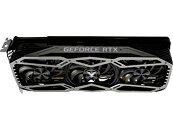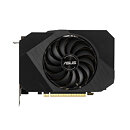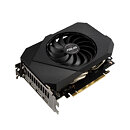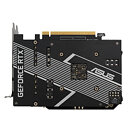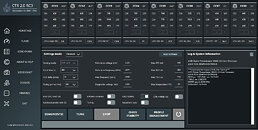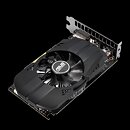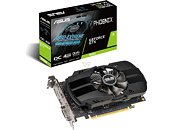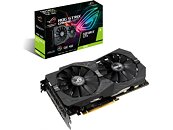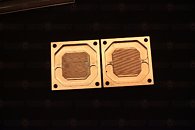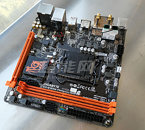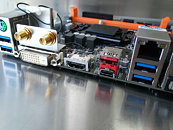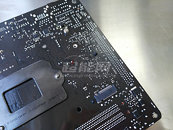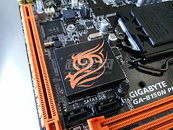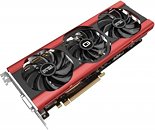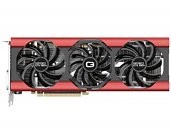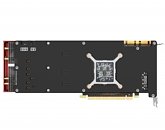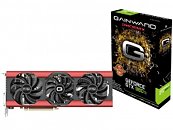
More ASUS ROG Ally Details Revealed in Prototype Video
As it turned out that ASUS ROG Ally handheld console is not actually an April Fools' Day prank, more details have started to appear about this Steam Deck competitor, and these first details look pretty promising. According to the Dave2D video, showing the prototype unit in full details, the ASUS ROG Ally will indeed be based on a 4 nm custom AMD APU, featuring Zen 4 CPU and RDNA3 iGPU, so we are most likely looking at a custom AMD Phoenix APU.
The video had a few nice pictures of the pre-production PCB as well as the cooling setup as well as details on the screen, and some performance of the ASUS ROG Ally. The ROG Ally measures at 280 x 133 x 39 mm and weighing 608 grams. This makes it shorter, narrower, thinner, as well as lighter, compared to the Steam Deck. It also comes with 7-inch display, but this time around, it is a 500 nits, 1920x1080 resolution, 16:9 aspect ratio, display with a 120 Hz refresh rate and 5 ms response time, which makes it much better compared to the Steam Deck.
Update: LinusTechTips is the second one to get access to ASUS ROG Ally prototype and has provided a bit more details on specifications, performance, and other things about the upcoming handheld console.
The video had a few nice pictures of the pre-production PCB as well as the cooling setup as well as details on the screen, and some performance of the ASUS ROG Ally. The ROG Ally measures at 280 x 133 x 39 mm and weighing 608 grams. This makes it shorter, narrower, thinner, as well as lighter, compared to the Steam Deck. It also comes with 7-inch display, but this time around, it is a 500 nits, 1920x1080 resolution, 16:9 aspect ratio, display with a 120 Hz refresh rate and 5 ms response time, which makes it much better compared to the Steam Deck.
Update: LinusTechTips is the second one to get access to ASUS ROG Ally prototype and has provided a bit more details on specifications, performance, and other things about the upcoming handheld console.




























